The views expressed in our content reflect individual perspectives and do not represent the authoritative views of the Baha'i Faith.
In his continuing interview with Baha’i scholar and author Nosratollah Mohammadhosseini, Christopher Buck explores the unique aspects of the Baha’i Faith and its twin messengers, the Bab and Baha’u’llah.
Q: Nosrat, I understand that you have further evidence of the Bab’s influence on Baha’u’llah’s teachings and laws. It’s easy to corroborate the parallels. But if we can continue to provide evidence that Baha’u’llah actually adopted and adapted some of the Bab’s teachings and laws, then all the better! That way, we can further demonstrate the Bab’s contemporary influence on the Baha’i Faith and the life of the global Baha’i community today. So please tell us more about the results of your research on this interesting question.
A: With pleasure! Here are some more examples, starting with number six, since I listed five examples in our last article. Sixth: The Bab prohibited battery – beating other people – absolutely. He said that no one is allowed even to “touch the shoulder” of another person without his permission (The Bab, The Arabic Bayan 9:16 and 10:6).
Q: Interesting. In American tort law, battery can even mean an unwanted touch!
A: Here are a couple of more examples as evidence of the Bab’s laws and teachings that helps pave the way for the advent of the Baha’i Faith. Seventh: The Bab forbade entering the property of other people without their consent (The Persian Bayan 6:16). Eighth: It is forbidden to amputate the hand and other organs (members) of the body of a person under any and all circumstances, even as a criminal punishment (The Arabic Bayan 11:16). This reversed the common Muslim practice of the time.
Ninth: Homicide is absolutely prohibited and issuing the verdict of death penalty is also forbidden (The Bab, The Persian Bayan 4:5). It should be mentioned that Baha’u’llah modified this ordinance, and that his laws do allow the death penalty in some specific cases. He wrote, however, that the punishment can be commuted to, or even completely replaced by, life imprisonment:
… should anyone deliberately take another’s life, him also shall ye put to death. … Should ye condemn the arsonist and the murderer to life imprisonment, it would be permissible according to the provisions of the Book. – Baha’u’llah, The Most Holy Book.
I’ve explored and endeavored to explain the reasons for Baha’u’llah enacting the possibility of the death penalty for murder and arson in two of my books, Spiritual Education, Crime, and Addiction (in print) and Qamus-i-Kitab-i-Aqdas (“Encyclopedia of the Most Holy Book,” pp. 456–458) and also in my article “Discussion about the Death Penalty.”
Tenth: Bearing firearms is forbidden, unless it is necessary to do so. (The Bab, The Persian Bayan 7:6; and likewise in the Arabic Bayan). Baha’u’llah confirmed that injunction in his book of laws.
Eleventh: The Bab glorified and extolled the station of women, just as Baha’u’llah did. He said that men and women are equal – men are as one foundation of the temple of humanity and women the other. Emphatically addressing men, the Bab urged them to glorify the station of women, and by all means to talk to them with utmost dignity, to give them their rights and what they really need, even before they ask. (From two Arabic tablets of the Bab, quoted in Ḥaḍrat-i-Bab, pp. 1038–1039 and p. 1070).
The Bab wrote that no worship of God is greater than causing joy to enter into the hearts of the peoples and causing joy to enter into the hearts of women has a double reward (The Persian Bayan, 7:18). In his Book of Justice (p. 38), moreover, the Bab said that all men must treat all women with utmost affection and love, and should not torment them “even for a twinkling of the eye.” If men do not act according to this instruction, the Bab said, they would be deprived of the grace of God.
Q: So if most of Baha’u’llah’s teachings were actually prefigured by the Bab, how has Baha’u’llah presented them in a new way? Did Baha’u’llah, in effect, universalize the Bab’s teachings, which were sometimes expressed using Islamic terminology, given that the Bab’s primary audience, at that time, were Muslims?
A: At the request of the editors of Payam-i-Baha’i magazine — for the occasion of the Bicentenary of the Birth of the Bab — I prepared a 34-page article on this subject, published in numbers 479, 480, and 481, dated respectively October, November, and December of 2019.
The article – The Babi Movement is a Faint Preview of the Universal Baha’i Faith – demonstrates that the Babi movement represents the initial, preliminary stage of the Cause of Baha’u’llah. In other words, the Babi religion is part and parcel of the Baha’i Faith.
I see the Babi movement as at the very heart of the Cause of Baha’u’llah. I further explained that the Bab is therefore the co-founder of that Cause, and one of the two luminaries or founders of the Baha’i Faith. More than thirty pages of the article are devoted to establishing this important fact – that most of the principles, teachings, and ordinances of the Babi movement are similar to Baha’u’llah’s, excluding those related to the Baha’i administration.
For example, Baha’u’llah revealed the important Baha’i principle of the “priority of positivity over negativity” in the Tablet of Salman. This principle has several applications to the fields of criminology and penology.
Q: Fascinating! Would you please elaborate further, and connect your evidence, previously cited, as to how some of the Bab’s laws and teachings were taken up into the present-day practices and beliefs of the Baha’i Faith?
A: This is not always possible to do, because not every teaching and law of the Bab that appears in Baha’i texts can be said to have been explicitly adopted by Baha’u’llah. The examples that I have provided above offer implicit evidence. This method complements your method of providing explicit evidence. Demonstrating parallels to Baha’i beliefs and laws in the writings of the Bab — without being limited to showing concrete evidence of Baha’u’llah’s adoption of specific teachings and precepts of the Bab — has the advantage of expanding our understanding of just how extensive the Bab’s influence actually is. In their Introduction to Baha’u’llah’s Most Holy Book, the Universal House of Justice saw fit to quote a letter on this subject written on behalf of Shoghi Effendi, which reads:
… due to the fact that the Bab considered Himself as the Forerunner of Baha’u’llah, we would regard His Dispensation together with that of Baha’u’llah as forming one entity, the former being introductory to the advent of the latter. – The Most Holy Book.
By demonstrating parallels, the fact that the Bab preceded Baha’u’llah is important in showing that latter agrees with the former. So much so, in fact, that one can definitely say that most precepts and practices of the Bab were reenacted by Baha’u’llah — if not in letter, then in substance and in spirit.
Q: I see your point! Scholars, in the academic study of religion, sometimes refer to this form of analysis as “intertextuality.” It is also very clear that the Bab and Baha’u’llah, as scholars also say, were “in conversation” with each other on several levels and in multiple ways.




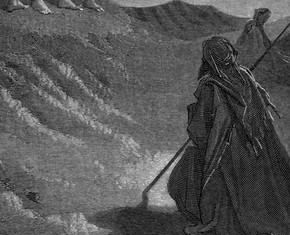


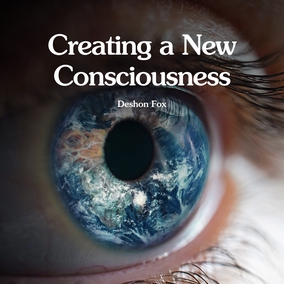


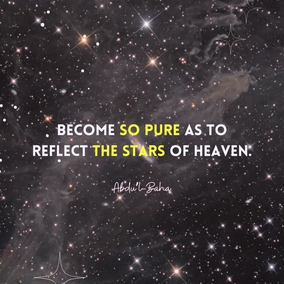

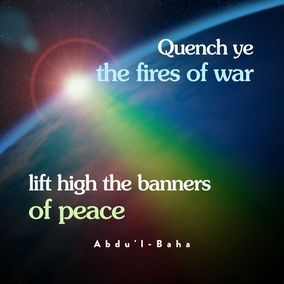
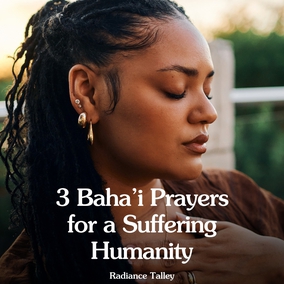


Comments
Sign in or create an account
Continue with Googleor